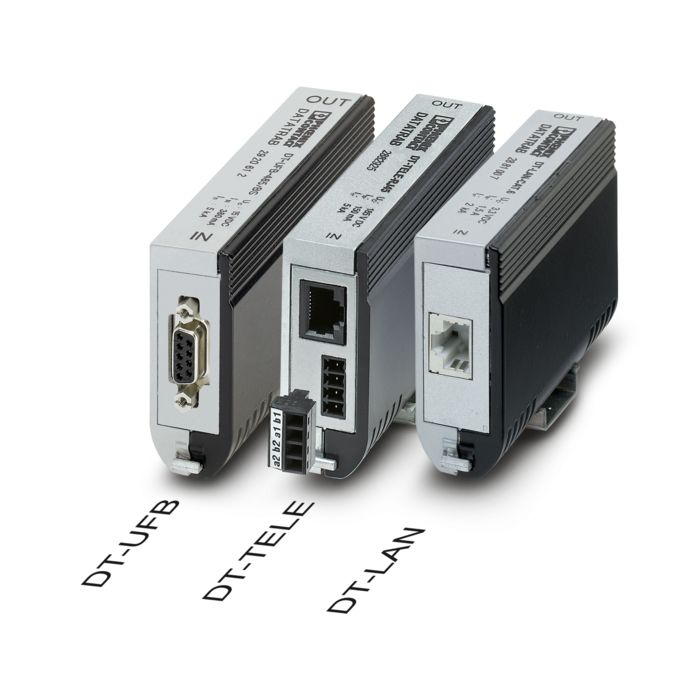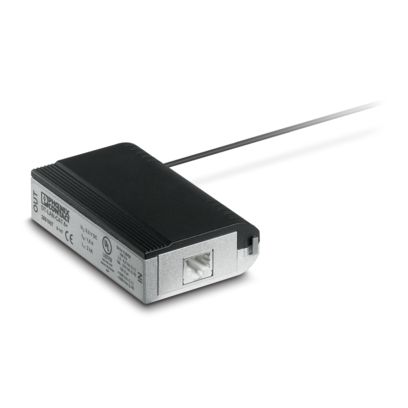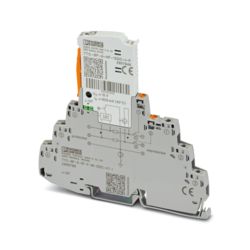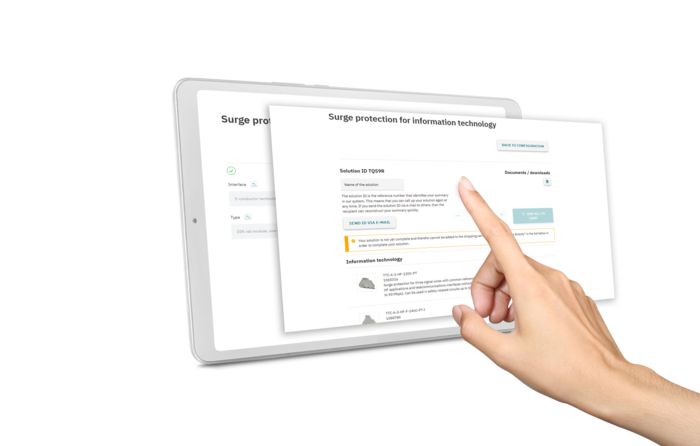
The DATATRAB DT product family from Phoenix Contact provides protection for many applications:
- High-speed networks up to 10 Gigabit Ethernet
- Networks with RS-485 interface
- Analog and digital interfaces for telecommunications, including DSL
All surge protective devices are system-compliant and have the appropriate connection technology.
The DT-LAN-CAT6+ version supports various data protocols at very high transmission speeds, such as Ethernet, Power over Ethernet (PoE), ISDN, Token Ring, and DS1.
DATATRAB can either be used as an adapter or as a DIN rail module.



















